Have you ever heard of termites and how they can cause trouble for your home? Let’s learn about the issue of termite infestations and how we can treat them.
Termites usually live in the ground and feed on wood. Sometimes, they can invade your house and create problems. Termite colonies can hide in walls and floors, causing unwanted holes or damage.
To address this issue, there are several steps you can take. First, inspect for any damages on the wood in your house. If you spot signs of termites, you should contact a pest control expert for advice and treatment.

Dealing with Termite Infestations
Termites can be detrimental to homes and cause unwanted damages. Let’s explore how we can handle the issue of termite infestations.
When you detect signs of termites in your home, the first thing to do is not to panic. Research treatment options available. There are various methods to eliminate termites, including using insecticides, installing barriers to prevent their access, and even seeking assistance from pest control professionals.
Additionally, consider assessing vulnerabilities in your house that termites might exploit. For instance, gaps in wood or wooden connections can be entry points. By addressing these weaknesses, you can reduce the risk of termite intrusion.
Remember, collaborating with experts is the best way to ensure that you are implementing the most effective treatment measures to prevent termite infestations.
Types of Termites: A Comprehensive Overview
Termites, often referred to as “silent destroyers,” are insects that have gained notoriety for their ability to wreak havoc on wooden structures and homes. These tiny creatures are an essential component of ecosystems, aiding in breaking down dead plant material, but when they invade human-made structures, their impact can be significant. There are several types of termites, each with distinct characteristics and behaviors. In this essay, we will delve into the different types of termites and their unique traits.
1. Subterranean Termites:
Subterranean termites are perhaps the most notorious among the termite species. These termites live in underground colonies and are known for their dependency on moisture. They construct mud tubes to protect themselves while foraging for food above ground. Subterranean termites feed on cellulose-containing materials, such as wood, and can cause extensive damage to structures. Their colonies are composed of various castes: workers, soldiers, and reproductive individuals known as swarmers.
2. Drywood Termites:
Drywood termites differ from subterranean termites as they do not require direct contact with soil or moisture. Instead, they establish colonies within dry wood, infesting wooden structures, furniture, and even dead trees. Unlike subterranean termites, drywood termites create smaller colonies with fewer caste members, making them harder to detect and control.
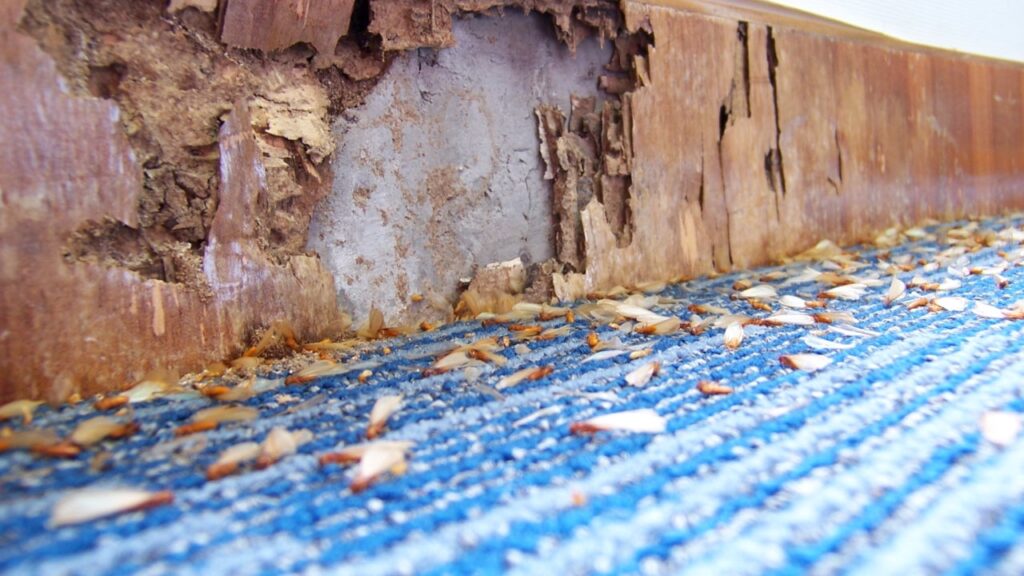
3. Dampwood Termites:
Dampwood termites thrive in moist and decayed wood. They are typically found in areas with high humidity levels and are less likely to infest structures. Dampwood termites are larger in size compared to other species and have fewer colony members. They play an essential role in breaking down decaying wood in forests and wooded areas.
4. Conehead Termites:
Conehead termites, also known as nasute termites, are an invasive species originating from the Caribbean. They get their name from the distinctive shape of their heads, which resemble a cone. These termites build large, ground-level nests similar to those of subterranean termites. Conehead termites are aggressive and can cause significant damage to structures.
5. Formosan Termites:
Formosan termites are another invasive species that can cause extensive damage. They are similar to subterranean termites but are more aggressive and form larger colonies. Formosan termites are known for building carton nests that can contain millions of individuals. Their rapid feeding and nesting habits make them a major threat to wooden structures.
In conclusion, termites encompass a variety of species, each with its own behaviors and characteristics. The ability of termites to silently compromise the integrity of buildings underscores the importance of proactive pest control measures. Regular inspections, moisture control, and timely treatment are crucial in preventing termite infestations and minimizing potential damage. Understanding the types of termites and their habits empowers homeowners and pest control professionals alike in the battle against these destructive insects.



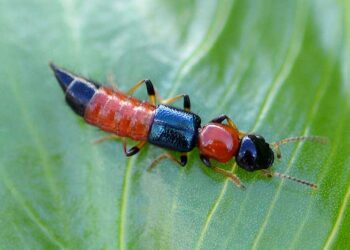
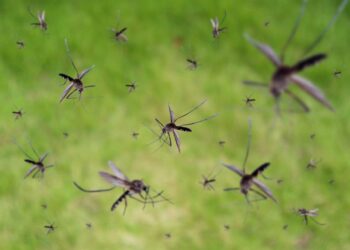
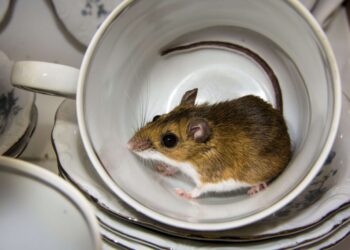
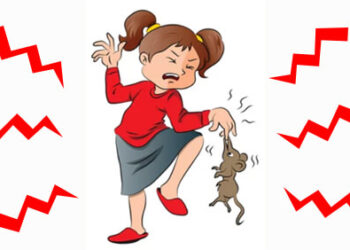
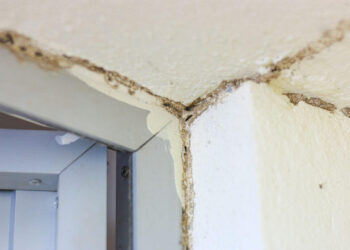
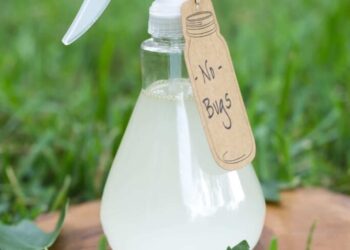














Discussion about this post